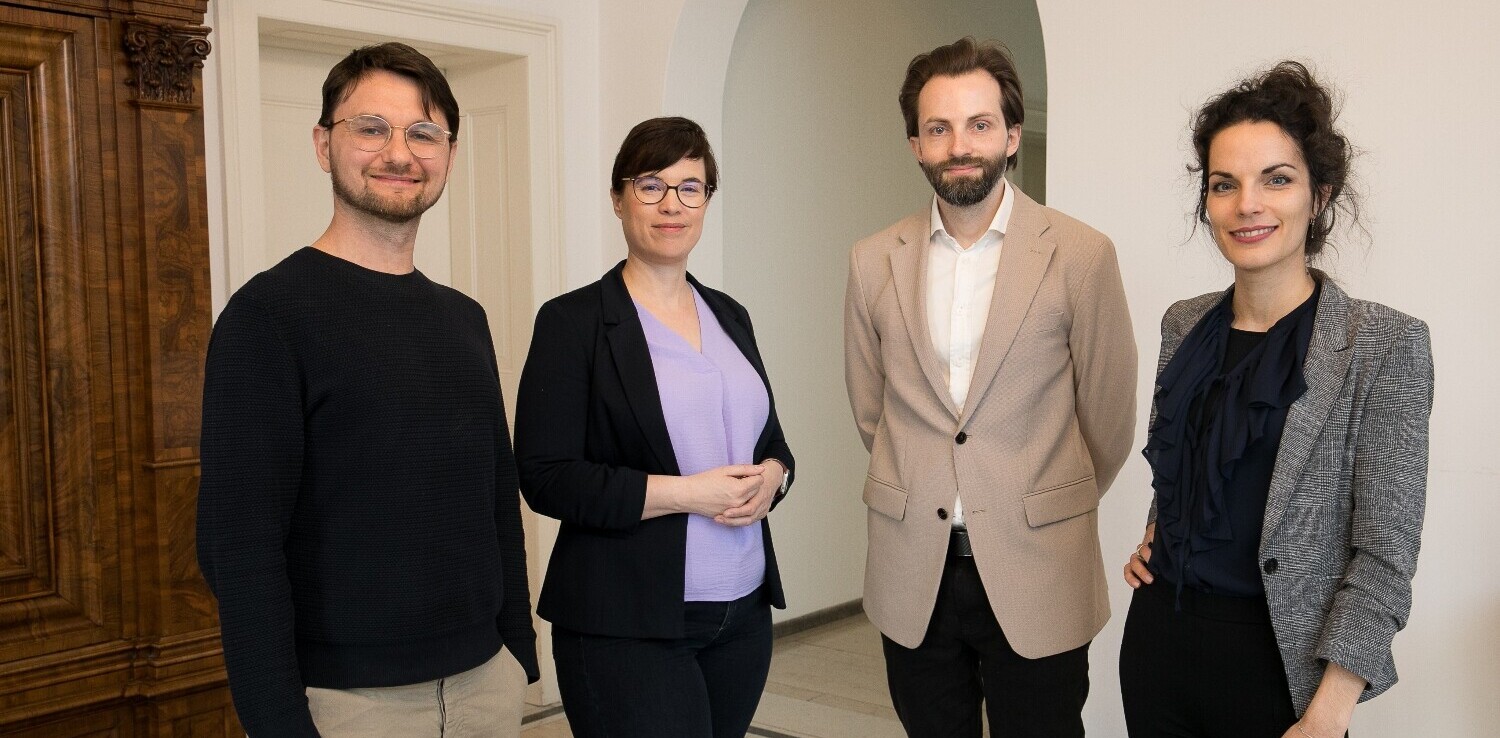
With Google’s repeated postponements of cookie deprecation, many businesses face the prospect of making significant changes to the way they operate. And it’s the CTO who is mainly responsible for supporting these changes, as new media strategies require innovative technical approaches.
While keeping an eye on their technology options as they continue to drive digital transformation projects — Generative AI, large language models and automation, for starters — CTOs charged with steering organisations through the brave new world of advertising should have one phrase at the top of their to-do list in 2024: be more composable. But why is this new industry mantra so important?
Advertisers need to develop new media strategies
The shifting nature of the advertising landscape, shaped by Google’s plans to shutter third-party cookies, growing consumer awareness of privacy issues, and an ever-changing regulatory picture, means brands need to create new media strategies.
While Google has deferred the cookie’s demise several times, continuing to use third-party identifiers is no longer a realistic or sustainable option. They will — eventually — be switched off, and they’ve never been perfect in terms of accuracy and performance anyway. Consumers are increasingly rejecting tracking cookies, too, so continuing to use them would damage a brand’s reputation.
The question businesses face now is: how do they reach their target audience in the future? Other ID-based solutions have their limitations; there are multiple ID options out there which will inevitably result in a fragmented landscape, and they’re complicated for media owners to operate and support.
Targeting methods such as geolocation and contextual struggle to provide the accuracy and performance that advertisers need, while Google’s Privacy Sandbox is limited to the Chrome browser.
However, through the judicious use of first-party data, advertising strategies built around these alternatives can provide a better way forward for brands. Therefore, many businesses will want to test out a number of these options in order to find the methods that work best for them.
Complex technology requires a framework
While it’s not for the CTO to make decisions on marketing strategy, they will need to facilitate experimentation with cookieless alternatives, which will require back-end flexibility. While the tech stack in any digital business is rarely static for any period of time, implementing additional solutions and supporting new platforms isn’t simple. That’s why adopting the principles of composable architecture makes sense.
In a nutshell, composable architecture is a principle that involves dividing a company’s technical estate into small, simple components that can easily be connected to each other, combined and reused to build systems that support all kinds of business processes.
Built in the cloud, components such as customer databases, ad servers, and the like can be connected through APIs with minimal technical skills required, and replacing or changing individual components is a quick and easy process. Compared to legacy infrastructure built on monolithic architecture, it provides a much better foundation for experimentation with new marketing tools.
Composable architecture offers businesses a way to be flexible and adaptable when it comes to direct collaborations with partners in the advertising ecosystem, whether they are publishers, retail media networks, identity providers, measurement providers, SSPs, or DSPs.
APIs, microservices, and containers provide the building blocks that allow businesses to quickly build, test, and deploy composable solutions that enable these collaborations. These building blocks can then be reused and reassembled multiple times for each new collaboration.
Where composable architecture becomes more technically challenging is ensuring that all connected components can effectively communicate with each other. Fortunately, as more software solutions for each element of a composable system become available, CTOs can choose those that best fit the organisation’s purposes and developer-friendly APIs.
The challenge of protecting first-party data
Marketing practices based on first-party data hinge on consent and consumer trust. While it’s up to marketers and legal counsel to handle the consent collection, opt-out notices, and making the value exchange clear to the customer, it’s the CTO’s job to ensure that this sensitive data is protected at all costs.
This is another area where composable architecture brings clear advantages. Facilitating direct collaborations with partners — whether brands, publishers, or retail media networks — while ensuring the business retains complete control of its data requires the use of Privacy-Enhancing Technologies (PETs).
For example, to enable more accurate targeting, Secure Multi-Party Computation (SMPC) is a PET that enables several parties to analyse and extract insights from each other’s data sets while maintaining the confidentiality of their own data.
Another PET, Differential Privacy, enables organisations to share insights with others without exposing any personally identifiable information (PII); while Synthetic Data enables the generation of a version of a data set that statistically resembles the real data, but does not contain any identifiable or real-world individual data.
With composable architecture, these PETs can be connected quickly and easily where required, and re-used for each subsequent collaboration where necessary.
Takeaway: Composable architecture is the foundation for future advertising processes
The demise of third-party cookies is a golden opportunity for brands to design and implement new media strategies that respect consumer privacy and improve their advertising performance. CTOs need to think about how they can best support these methodologies to enable the marketing team to hit their KPIs and, in turn, help the entire organisation achieve its business goals.
Following the principles of composable architecture is the key for businesses seeking an agile, flexible, and scalable platform to underpin their advertising collaborations. Composable solutions can help organisations build sustainable, future-proofed advertising processes that can be tailored to each and every use case.
They also allow businesses to plug in multiple layers of protection for consumer data, ensuring the bond of trust with customers remains intact.
Alastair Bastian is the CTO at UK-based leading data collaboration technology provider InfoSum
Get the TNW newsletter
Get the most important tech news in your inbox each week.





